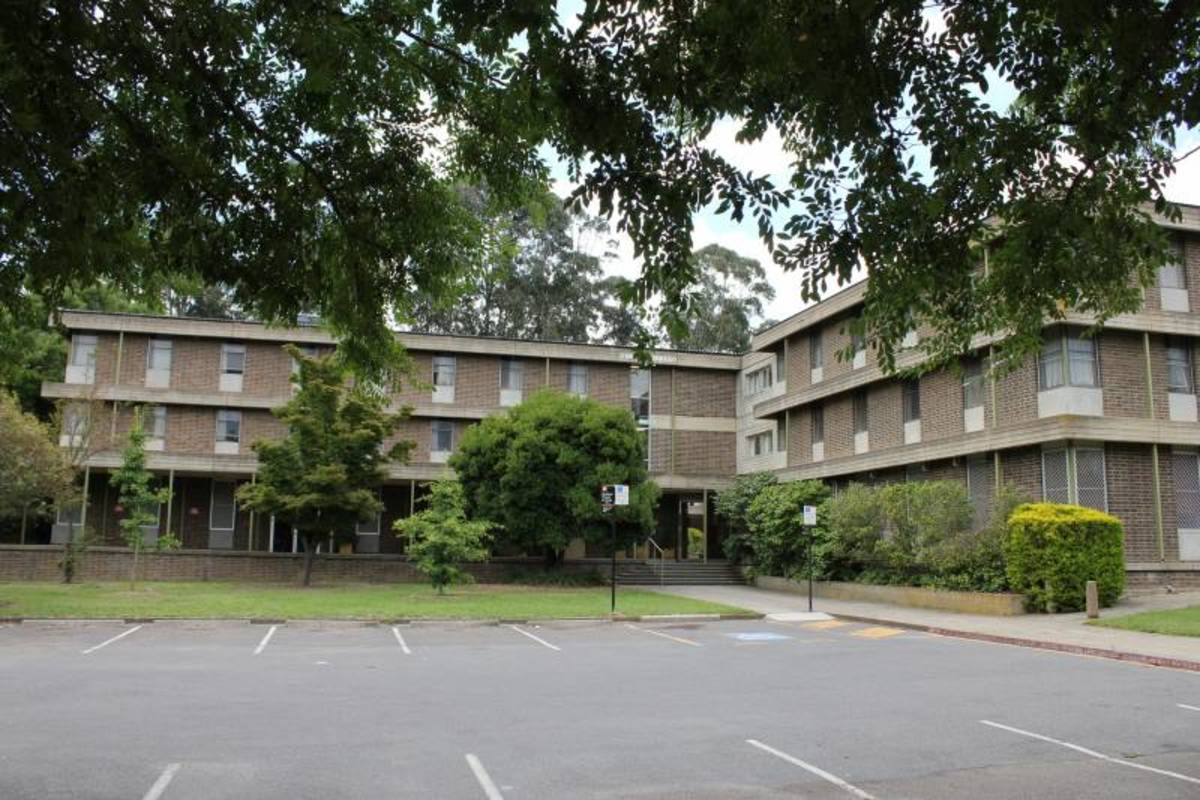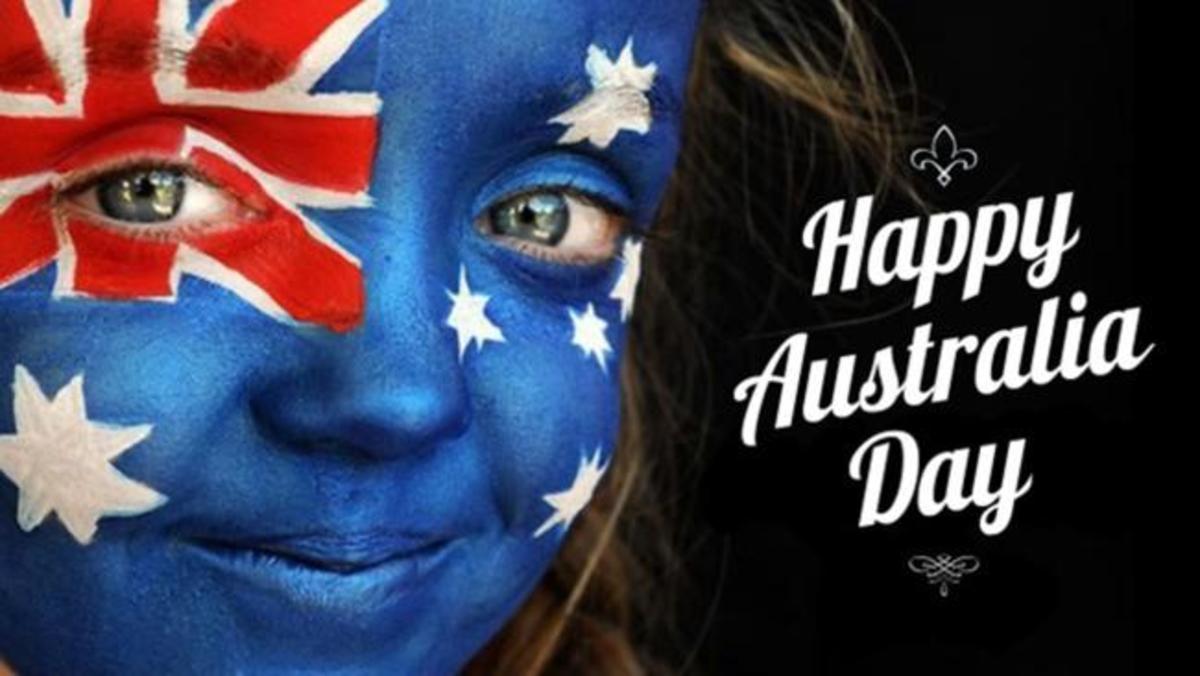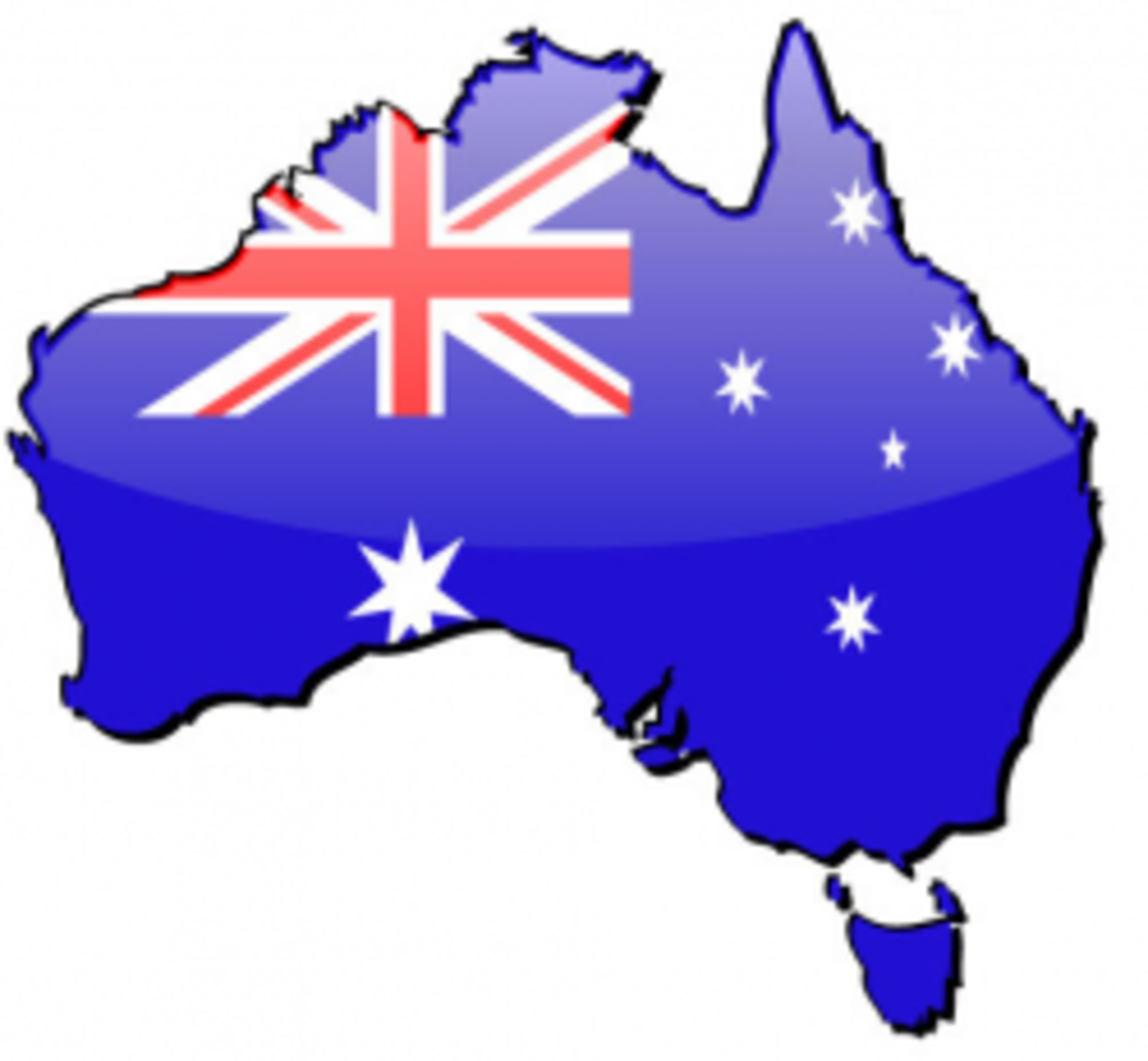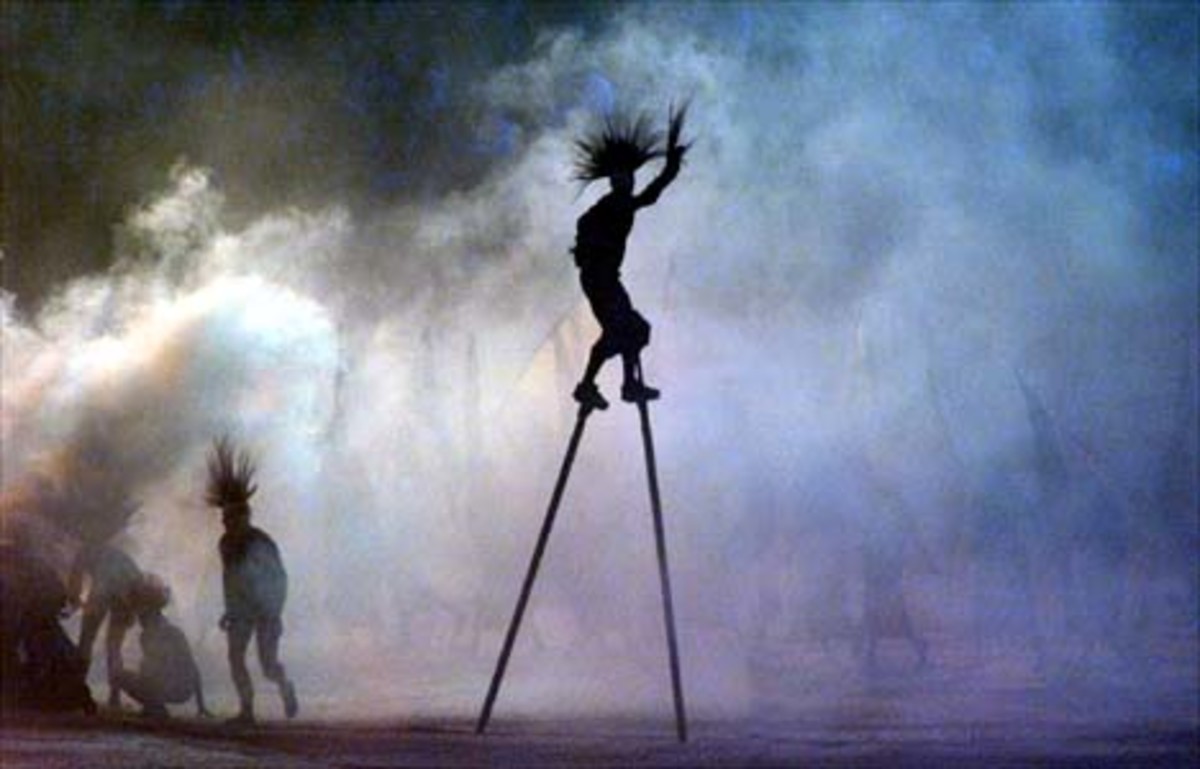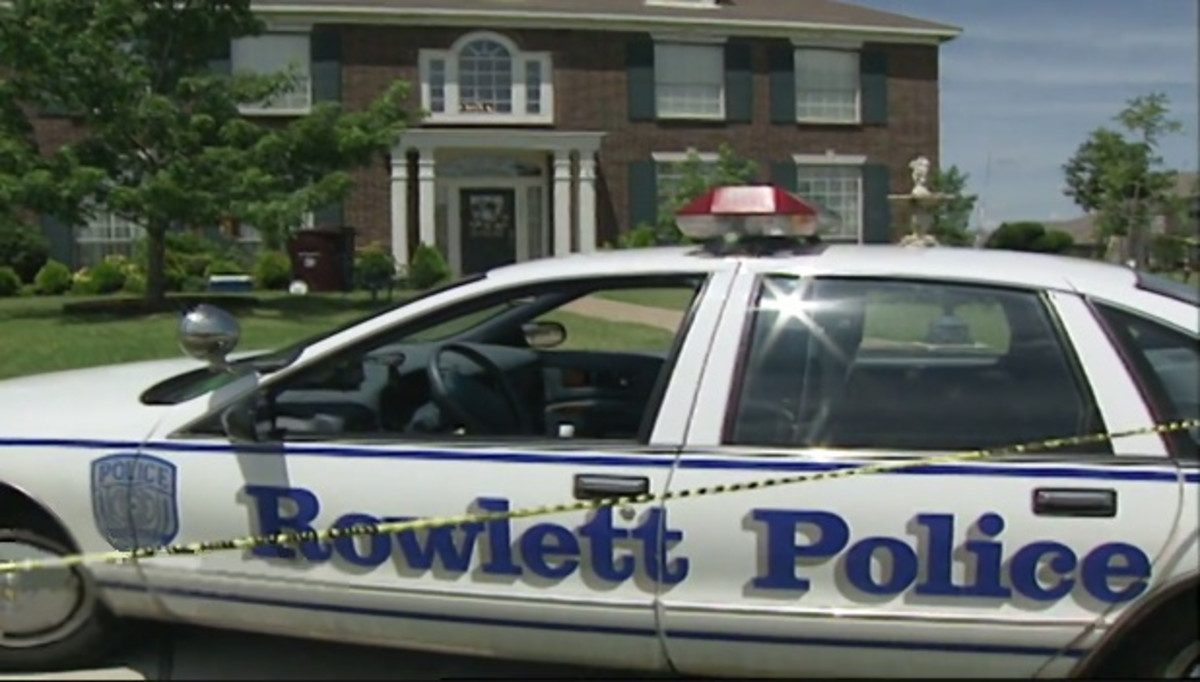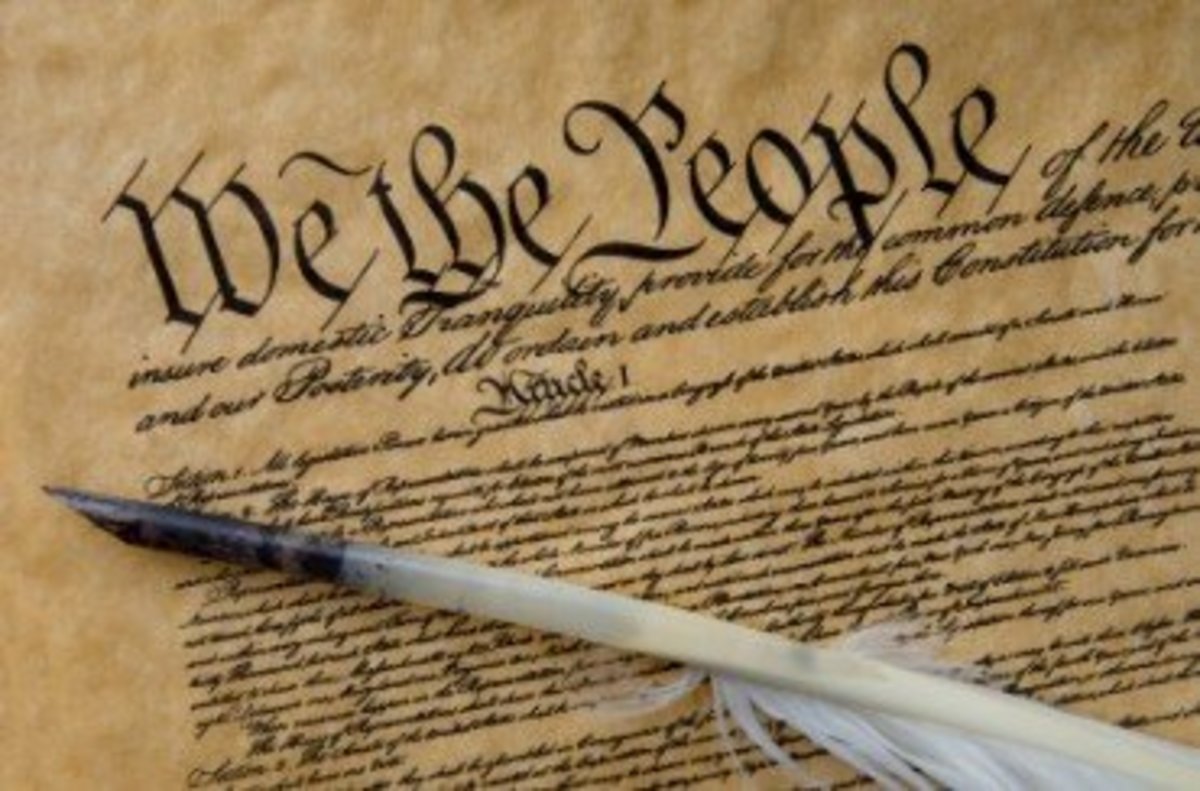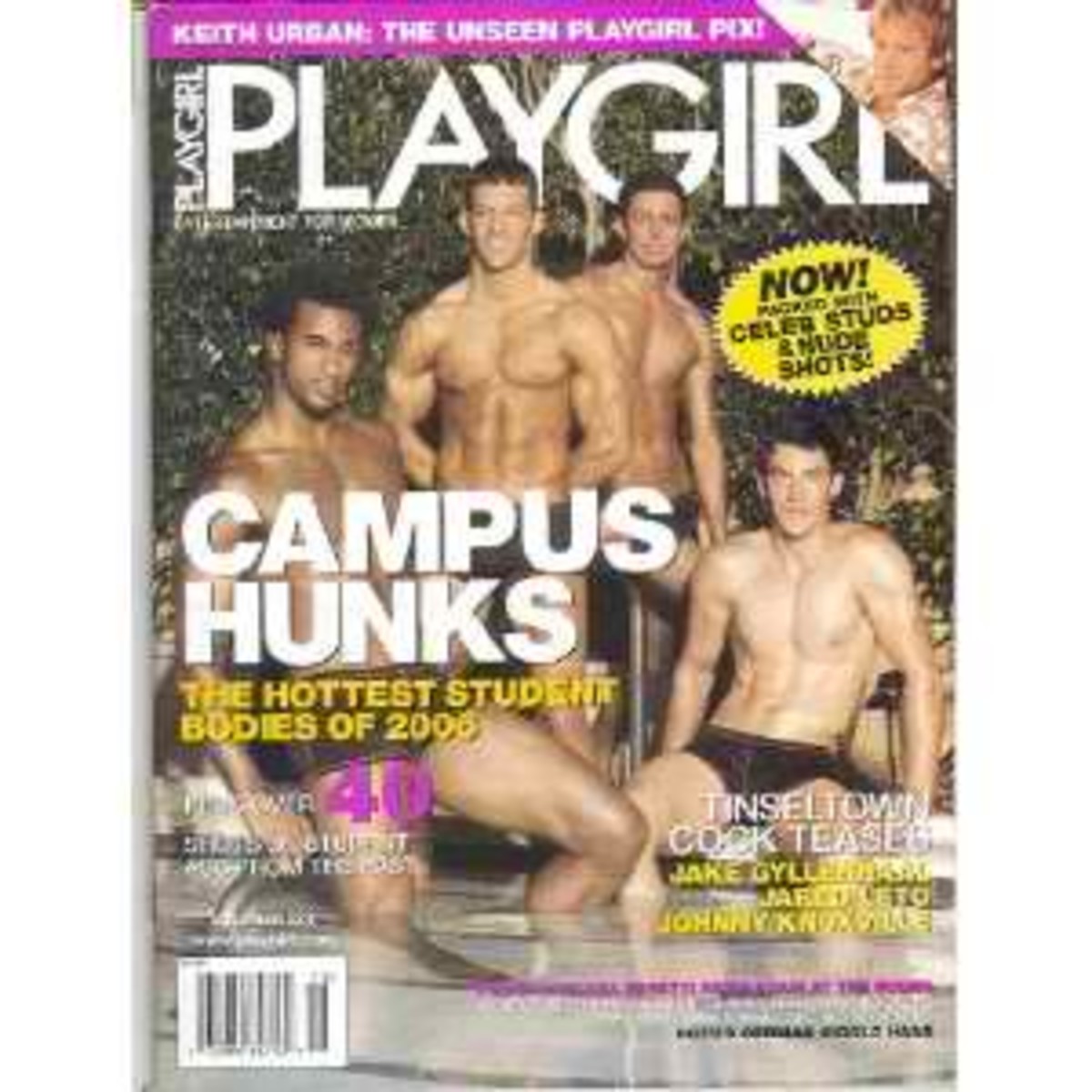Should we change Australia Day to Invasion Day?

Is this a more sincere demonstration of apology?
Australian indigenous leader Mick Dodson, who was awarded the nation's top honour as Australian of the Year has called for a debate on the Jan. 26 Australia Day holiday that commemorates the arrival of British settlers in 1788.
"I think we should have a conversation" about the date, Dodson said in a ceremony outside Parliament House.
For indigenous Australians, the landing of the first fleet on Jan. 26, 1788, is the day their "world came crashing down," and Australia Day is known to many Aborigines as Invasion day.
The Indigenous people get a bad deal
The Indigenous people, who have been in Australia at least 60,000 years before Europeans settlement, make up about 2 percent of the population. The life expectancy for indigenous Australians is 17 years shorter than the national average and they suffer poorer health and much higher rates of imprisonment.
The naming of Dodson as Australian of the Year came almost a year after Prime Minister Rudd delivered an apology to the Stolen Generation of Aborigines who were forcibly removed from their families between 1910 and 1970 to be assimilated with the white community.
Dodson campaigned for many years for the apology. Is changing the name of Australia a more sincere demonstration of apology?
What do you think?
Should we change the name to something else?
Mick Dodson - Australian of the Year 2009
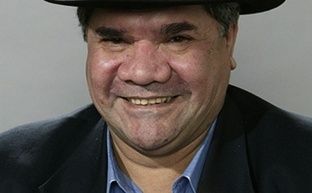
Prof Dodson, a tireless campaigner for indigenous rights, was presented the Australia Day Award by the Prime Minister, a year after Kevin Rudd apologised to the stolen generations.
The Yawuru man, originally from the Broome area, was the nation's first indigenous Social Justice Commissioner after rising to prominence during a Royal Commission into Aboriginal Deaths in Custody from 1988 to 1990. He has been a prominent advocate of land rights and the reform of laws that discriminate against the indigenous population.
He works and lives in Canberra as the Director of the National Centre for Indigenous Studies at the Australian National University, and is co-Chair of Reconciliation Australia, a not-for-profit organization.
Rabbit Proof Fence
Rabbit Proof Fence is the true story of 3 girls who walked 1500 miles to find their way home. It's the story of a daring escape and an epic journey.
It's a story on many levels - the pain of separation, the yearning for home, the traps of culture and ideology, the power of the state, colonialism, faith and survival. It painfully depicts the policy of cultural and anthropological genocide of the Australian Aboriginal Peoples. And it's a moving story of great courage and the strength of the human spirit. The little girls will stay with you for a long, long time.
This isn't an easy film to entertain you for a short while. It gets hold of you and twists your stomach. It takes hold of your heart too, and lifts you out of your armchair in elation, and triumph. It's not a film that you forget.
The three girls, Gracie, Daisy, and Molly, belong to Australia's Stolen Generations
The Stolen Generations
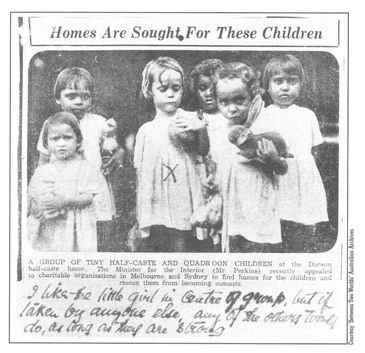
Between 1910 and 1970 up to 100,000 Aboriginal children were taken forcibly or under duress from their families by police or welfare officers.
Most were under 5 years old. There was rarely any judicial process. To be Aboriginal was enough. They are known as the 'Stolen Generations'.
What happened to them?
* Most were raised in Church or state institutions. Some were fostered or adopted by white parents.
* Many suffered physical and sexual abuse. Food and living conditions were poor.
* They received little education, and were expected to go into low grade domestic and farming work.
Why where they taken?
They were taken because it was Federal and State Government policy that Aboriginal children - especially those of mixed Aboriginal and European descent - should be removed from their parents.
Between 10 and 30% of all Aboriginal children were removed, and in some places these policies continued into the 1970s.
* The main motive was to 'assimilate' Aboriginal children into European society over one or two generations by denying and destroying their Aboriginality.
* Speaking their languages and practising their ceremonies was forbidden
* They were taken miles from their country, some overseas
* Parents were not told where their children were and could not trace them
* Children were told that they were orphans
* Family visits were discouraged or forbidden; letters were destroyed.
What were the results?
The physical and emotional damage to those taken away was profound and lasting:
* Most grew up in a hostile environment without family ties or cultural identity.
* As adults, many suffered insecurity, lack of self esteem, feelings of worthlessness, depression, suicide, violence, delinquency, abuse of alcohol and drugs and inability to trust.
* Lacking a parental model, many had difficulty bringing up their own children.
* The scale of separation also had profound consequences for the whole Aboriginal community - anger, powerlessness and lack of purpose as well as an abiding distrust of Government, police and officials.
Actions and Campaigns
A National Inquiry was set up in 1995. Its 1997 Report 'Bringing them Home' contained harrowing evidence.
It found that forcible removal of indigenous children was a gross violation of human rights which continued well after Australia had undertaken international human rights commitments.
* It was racially discriminatory, because it only applied to Aboriginal children on that scale, and
* It was an act of genocide contrary to the Convention on Genocide, (which forbids 'forcibly transferring children of [a] group to another group' with the intention of destroying the group.)
The Report made 54 recommendations, including opening of records, family tracing and reunion services and the need for reparations' (including acknowledgment and apology by Governments and institutions concerned, restitution, rehabilitation and compensation).
Australia elected a new Government on 24th November 2007. On 13 February 2008 Prime Minister Kevin Rudd made the first item of Australia's new government an official apology to the Stolen Generations. The apology received bipartisan support.
'.

![Rabbit-Proof Fence [DVD]](https://m.media-amazon.com/images/I/51QNTJAV8RL._SL160_.jpg)
